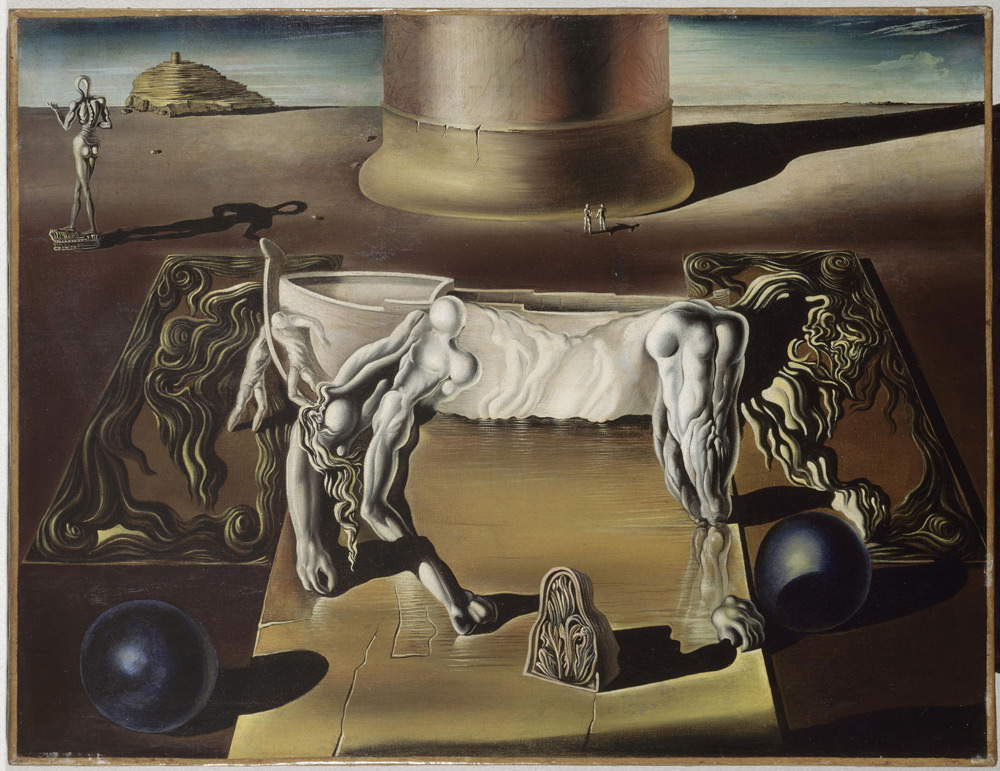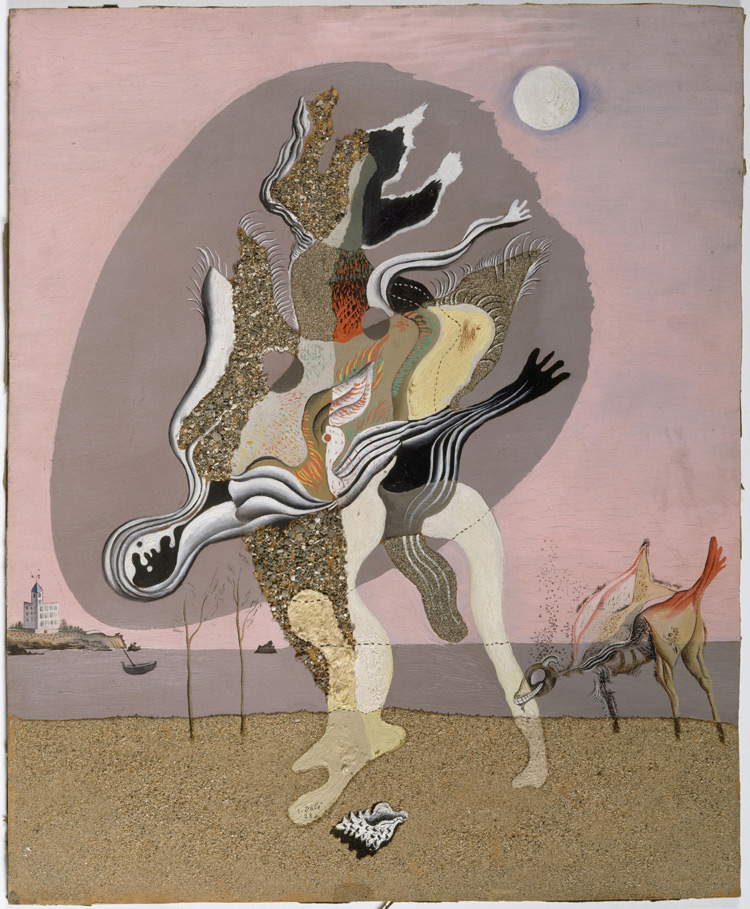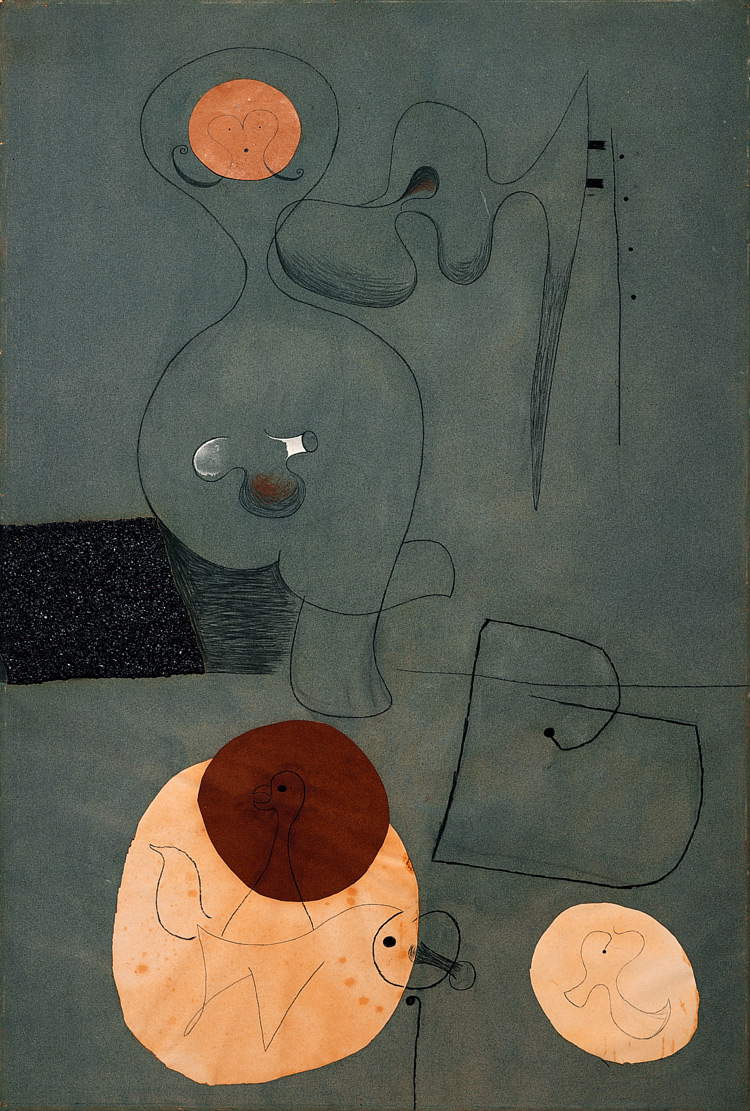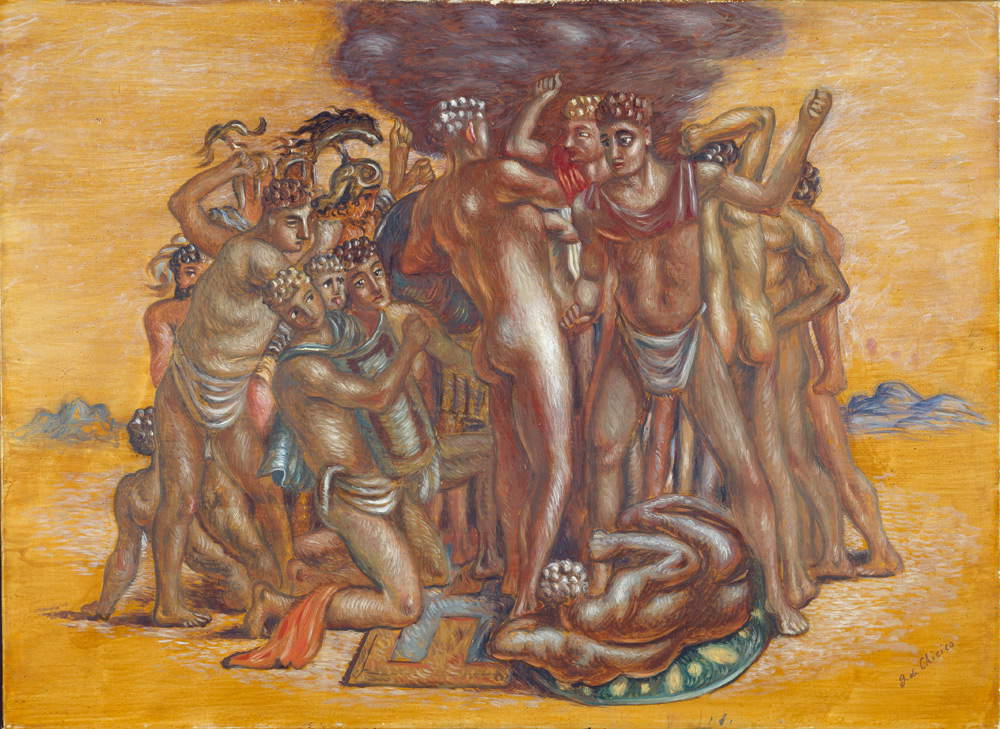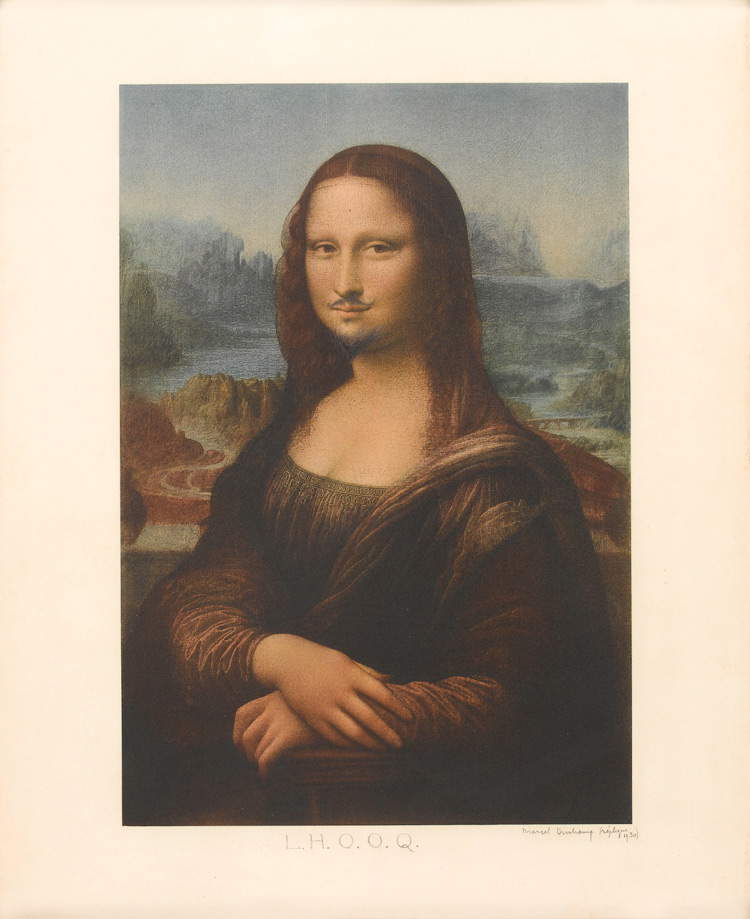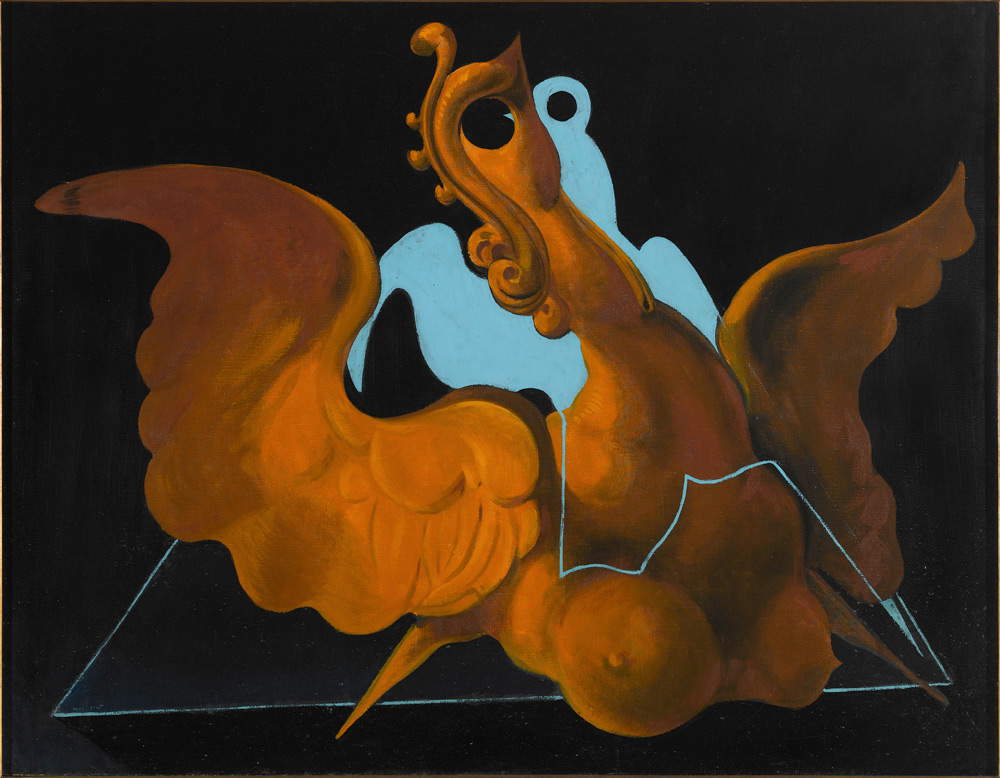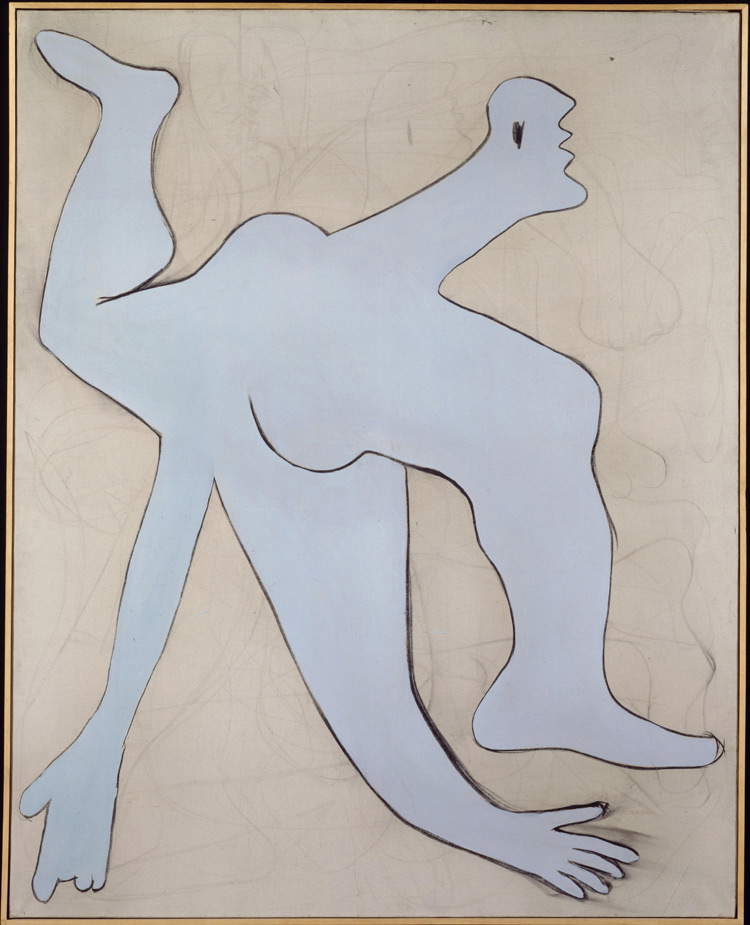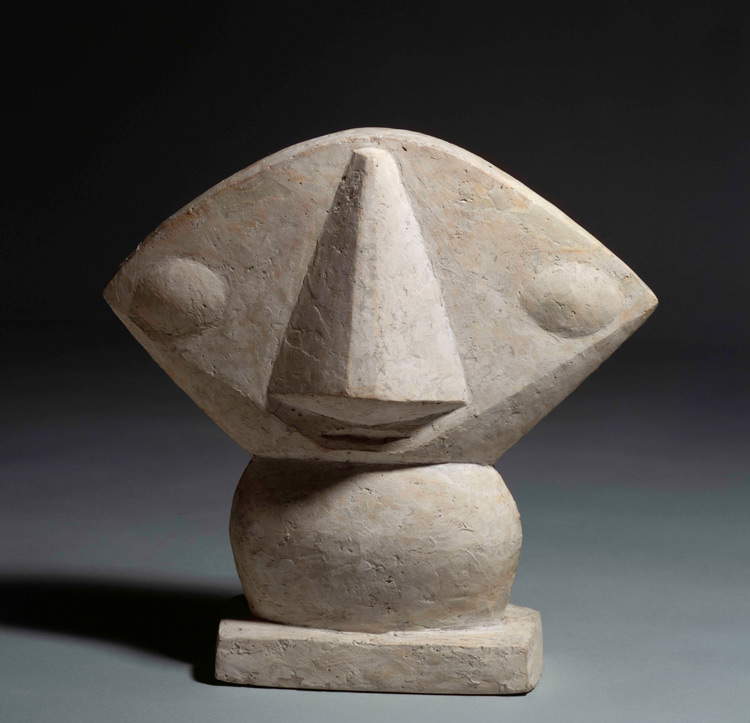by Redazione , published on 16/06/2018
Categories: Exhibitions
/ Disclaimer
In Pisa, at Palazzo Blu, from October 11, 2018 to February 17, 2019, the exhibition 'From Magritte to Duchamp. 1929: Grand Surrealism at the Centre Pompidou'.
Held at Palazzo Blu in Pisa from October 11, 2018 to February 17, 2019, the exhibition From Magritte to Duchamp. 1929: Grand Surrealism from the Centre Pompidou, born out of a collaboration between the Palazzo Blu Foundation, Centre Georges Pompidou and MondoMostre: for the first time in Italy, some important works arrive from the Centre Pompidou in Paris that are rarely loaned since they are part of the permanent collection of one of the most important European institutions related to twentieth-century art. Curated by Didier Ottinger, director of the Centre Pompidou and one of the world’s leading experts on Surrealist art, the exhibition in Pisa displays about ninety works including paintings, sculptures, Surrealist objects, drawings, collages, installations and auteur photographs. The aim of the exhibition is to show the adventure of the Surrealist avant-garde through the masterpieces produced during its apogee, around 1929, a pivotal year for those experiences because, in 1929 itself, the two literati André Breton and Louis Aragon sought to modify the movement from its theoretical foundations.
Breton and Aragon’s new approach did not find all the Surrealist artists in agreement, creating a rift in the group (although the vitality of the movement remained intact and, indeed, the Surrealists became more and more established): the work would later result in the publication of the Second Surrealist Manifesto, which sanctioned the alignment with the French Communist Party and stamped the movement’s new “reasoning” turn. Protagonists of the Pisa exhibition will be artists such as René Magritte, Salvador Dalí, Marcel Duchamp, Max Ernst, Giorgio De Chirico, Alberto Giacometti, Man Ray, Joan Miró, Yves Tanguy, Pablo Picasso and many others whose works, interactions, and aesthetic visions are presented. In particular, there will be focuses on Magritte and Dalí but also on Duchamp and Picasso. Magritte was nicknamed le saboteur tranquille (“the quiet saboteur”) because of his very particular approach to surrealism: the Belgian artist, in fact, intended to insinuate doubts about the real through the representation of the real itself, avoiding the world of the unconscious that fascinated many colleagues instead and eschewing the principle of psychic automatism, one of the founding points of surrealism. As for Dalí, 1929 is the year he arrived in Paris: thanks to his method of “critical paranoia,” he produced innovative masterpieces embodying, in Breton’s eyes, the “spirit of Surrealism.”
On display will be works made between 1927 and 1935. Among them will be the image of the exhibition itself, namely Magritte’s Le double secret: a work of considerable size (114 by 162 cm) and among the artist’s most iconic, it allowed him to become aware of the pellicular nature of images, of their infinite possibility of breaking down. Two large dissected faces emerge hieratically from a background divided between sky and sea; from the one on the right emerge the usual metal spheres, a recurring theme in the Belgian artist’s production. Also on view is Magritte’s Le modèle rouge, from 1935, the strange pair of shoe-feet that hints at an invented reality, a dream and even the sphere of the monstrous. The nucleus of paintings in the exhibition by Salvador Dalí is also notable, including Dormeuse, cheval, lion invisibles from 1930 and L’âne pourri from 1928. The paintings dialogue with collages by Max Ernst, sculptures by Alberto Giacometti and Man Ray, wire masks by Alexandre Calder as well as other major paintings by Picasso, Miró, De Chirico, and many others.
The year 1929 also saw the rise of Surrealist photography, evidenced by the close ties between great photographers such as Brassaï, Lotar, Boiffard, Man Ray, Jean Painlevé, and Claude Cahun, whose photographic masterpieces will also be featured in the rooms of the BLU Palace. To crown the exhibition itinerary and in “surreal antithesis” with Magritte’s enigmatic vision, it is Marcel Duchamp’s work L.H.O.O.Q (1930) that desecrates the world’s most famous and enigmatic painting, Leonardo da Vinci’s Mona Lisa. As is well known, to Leonardo’s masterpiece, Duchamp provocatively added a mustache and goatee.
The exhibition, explains Cosimo Bracci Torsi, president of the Palazzo Blu Foundation, “is held in the 10th year of Palazzo Blu’s activity and is the most important initiative among the many organized to commemorate this anniversary. In its ancient palace on the Pisan Lungarno in these first ten years of activity, our Foundation, which also manages there the permanent exhibition of its art collections, has carried out a series of annual exhibitions on the main artists of the twentieth century that has exceeded one million visitors, and that began with Chagall and continued with, among others, Mirò, Kandinsky and Modigliani up to Escher last winter. Articulated around 1929, the year of the great crisis and also a year of turning point and controversy for Surrealism, ”From Magritte to Duchamp“ presents one of the most revolutionary moments of creativity of a composite and contradictory, extremist and subversive movement, from which many of the major artistic personalities of the time passed. The extraordinary works of Magritte, Dalí, Max Ernst, Tanguy and many others, but also the sculptures of Giacometti and Calder, the photographs the Brassai, Boiffard and Man Ray, along with the writings of Breton and Aragon, ending with sneering of the ”Mona Lisa with a mustache“ by Duchamp, testify to the vitality and effervescent creativity of one of the most significant and influential movements in twentieth-century art.”
Hours: Monday through Friday from 10 a.m. to 7 p.m., Saturdays Sundays and holidays from 10 a.m. to 8 p.m. (ticket office closes one hour before). Tickets: full 12 euros, reduced 10 euros, special reduced 5 euros. For all info you can visit the Palazzo Blu website. Below is a selection of images of some of the works you can find at the exhibition.
 |
| René Magritte, Le double secret (1927; oil on canvas; 114 x 162 cm; Collection Centre Pompidou, Paris Musée national d’art moderne - Centre de création industrielle). Copyright: © René Magritte by SIAE 2018 |
 |
| Salvador Dalí, Dormeuse, cheval, lion invisibles (1930; oil on canvas, 50.2 x 65.2 cm; Collection Centre Pompidou, Paris Musée national d’art moderne - Centre de création industrielle). Copyright: © Salvador Dalí, Fundació Gala-Salvador Dali, by SIAE 2018 |
 |
| Salvador Dalí, L’âne pourri (1928, oil, sand and gravel on board; 61 x 50 cm; Collection Centre Pompidou, Paris Musée national d’art moderne - Centre de création). Copyright: © Salvador Dalí, Fundació Gala-Salvador Dali, by SIAE 2018 |
 |
| Joan Miró, Sans titre (Summer 1929; Graphite, Conté pencil, pastel, gouache, tar paper, and papier collés on velvet paper, 108 x 71 cm; Collection Centre Pompidou, Paris Musée national d’art moderne - Centre de création industrielle) |
 |
| Giorgio De Chirico, Lutte antique (Oil on canvas; 73 x 100 cm; Collection Centre Pompidou, Paris Musée national d’art moderne - Centre de création industrielle). Copyright: © Fondazione Giorgio e Isa de Chirico, Rome by SIAE 2018 |
 |
| Marcel Duchamp, L.H.O.O.Q. (1930; Graphite on photographic support, 61.5 x 49.5 cm; image 48 x 33 cm; Collection Centre Pompidou, Paris Musée national d’art moderne - Centre de création industrielle). Copyright: © Succession Marcel Duchamp, by SIAE 2018 |
 |
| Max Ernst, Chimère (1928; oil on canvas, 114 x 145.8 cm; Collection Centre Pompidou, Paris Musée national d’art moderne - Centre de création industrielle). Copyright: © Max Ernst, by SIAE 2018 |
 |
| Pablo Picasso, L’acrobate bleu (November 1929; charcoal and oil on canvas, 162 x 130 cm; Collection Centre Pompidou, Paris Musée national d’art moderne - Centre de création industrielle). Copyright:© Succession Picasso, by SIAE 2018 |
 |
| Alberto Giacometti, Tête (1929 - 1930; plaster, 28.8 x 30 x 8.5 cm; Collection Centre Pompidou, Paris Musée national d’art moderne - Centre de création industrielle). Copyright: © Alberto Giacometti Estate, by SIAE 2018 |
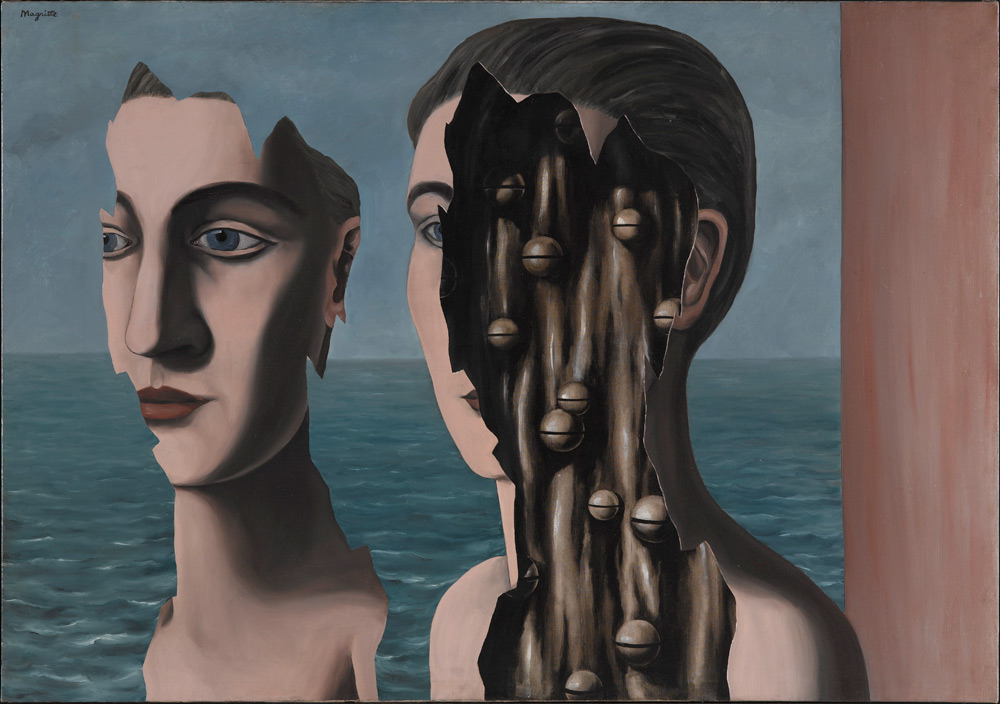 |
| From Magritte to Duchamp, great surrealism takes center stage in Pisa. Photos of the works in preview |
Warning: the translation into English of the original Italian article was created using automatic tools.
We undertake to review all articles, but we do not guarantee the total absence of inaccuracies in the translation due to the program. You can
find the original by clicking on the ITA button. If you find any mistake,please contact us.

